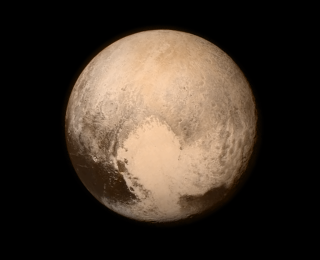
by Becky Smethurst | Nov 27, 2015 | Daily Paper Summaries
Counting the number of galaxies at a given mass in a region of space gives you the number density – something that can be really easily compared to simulations. But do our observations and theory match up? And how does looking out to higher and higher redshifts help us to better understand our Universe…

by Becky Smethurst | Jul 16, 2015 | Daily Paper Summaries
Pluto: the last and final of the ‘original’ 9 planets of the Solar System to be visited by a probe. NASA’s New Horizons arrived at this tiny world at the edge of the Solar System earlier this week bringing into sharp focus for the first time. Science was a plentiful from every new image that was released, so here’s a quick recap for you, just in case you blinked and missed it…

by Becky Smethurst | Jun 18, 2015 | Daily Paper Summaries
How do galaxies and black holes co-evolve and grow together? The authors of this paper search for a link between active black holes with high and low amounts of radio emission and search for a connection to mergers of galaxies which can grow both the mass of galaxies and black holes simultaneously.

by Becky Smethurst | May 21, 2015 | Daily Paper Summaries
How efficiently can a galaxy turn gas into stars? Most galaxies do so at a very typical rate, but some convert gas incredibly fast in a huge starburst – but how efficient can they get?

by Becky Smethurst | Mar 26, 2015 | Daily Paper Summaries
Our Solar System is just plain odd compared to other star systems across our galaxy. Once again the finger of blame points towards the gas giant Jupiter as the simulations in this paper show.





